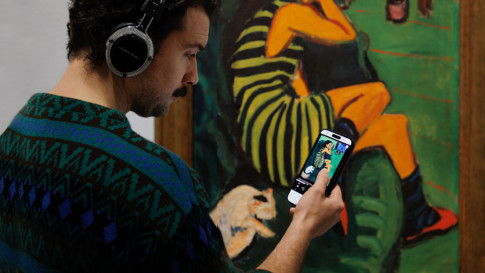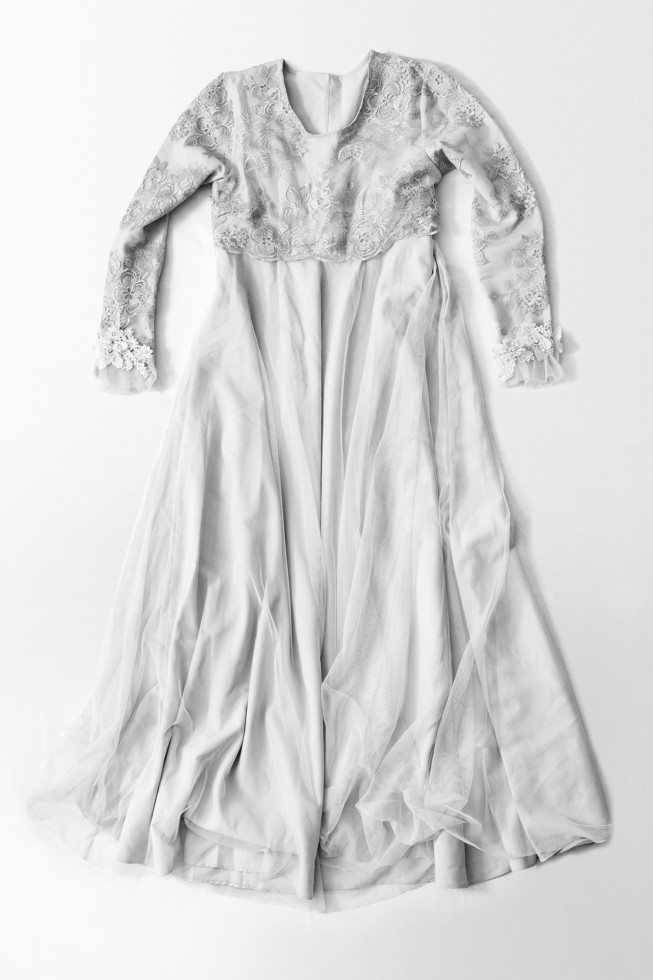
Laia Abril, Ala Kachuu (Bride Kidnapping), Kyrgyzstan, On Rape, 2022 © Laia Abril 2025 Courtesy the artist and Les filles du calvaire, Paris
Laia Abril meets Emily Jacir and Teresa Margolles
What Remains
6.9 2025 – 18.1 2026
Stockholm
When Laia Abril suggested some artists that she was inspired by and wanted to meet in her exhibition at Moderna Museet, the choice fell on Emily Jacir and Teresa Margolles. Two artists who, like Laia Abril herself, work research-based with archives, photography, film and interviews.
In the exhibition “What Remains”, the works of the three artists now meet in a dialogue where resistance to various forms of oppression, social engagement and storytelling are the underlying themes.
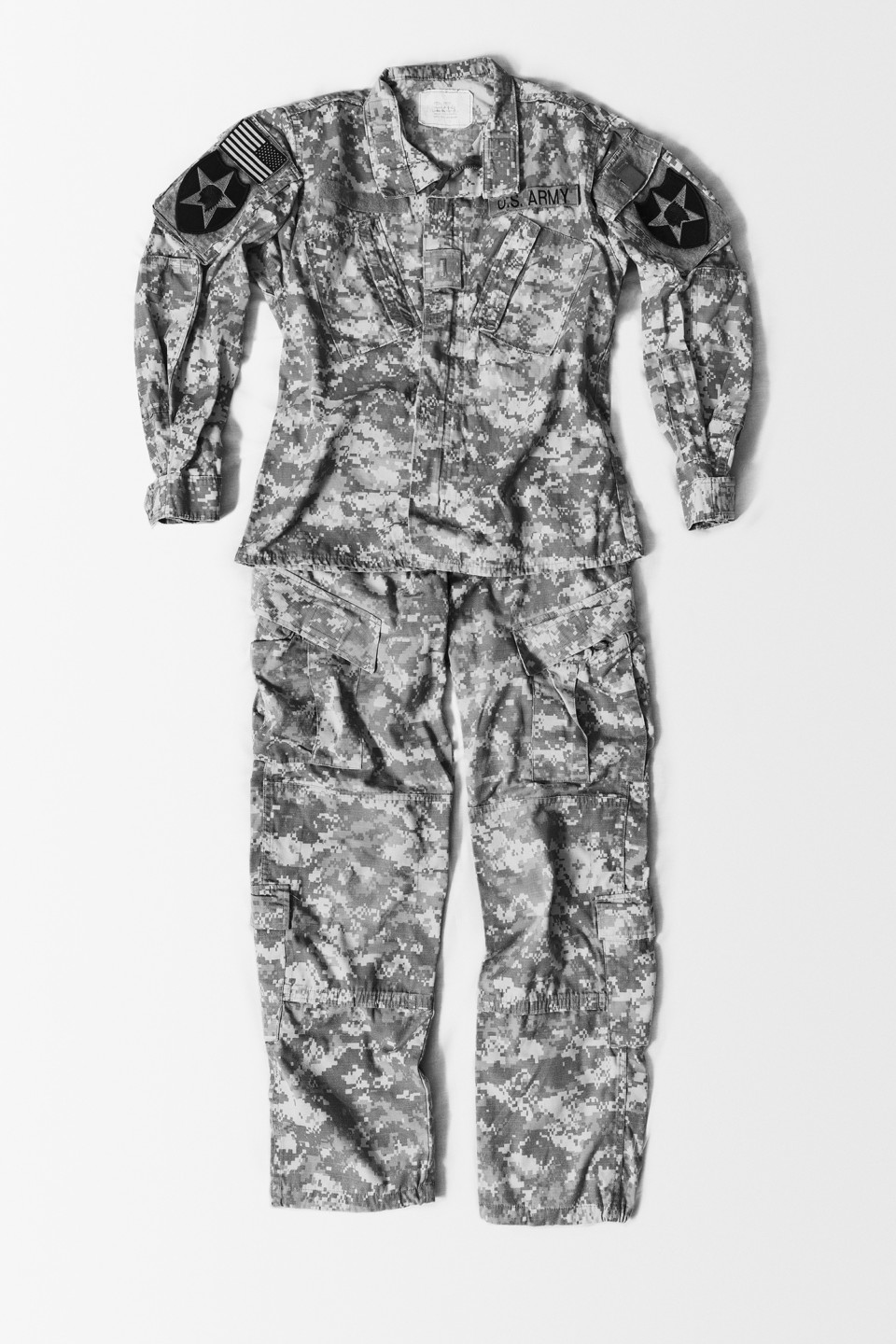
On Rape, 2022
In her extensive project “A History of Misogyny”, Laia Abril explores the various beliefs, structures, and social systems that oppress women, focusing on topics such as abortion, mass hysteria, menstruation, and femicide. “What Remains” shows the second part of the project, “On Rape” (2022), where women’s testimonies of rape are reproduced through a series of conceptual photographs of clothing and objects connected to the abuse.
letter to a friend, Palestine, 2019
Emily Jacir’s film “letter to a friend, Palestine” from 2019 depicts the conflict between Palestine and Israel, a work that is still just as ferociously relevant today, six years after its creation. In the film, Emily Jacir tells in detail about her home in Bethlehem, Dar Jacir, and the street on which it is located. A place shaped by the constant threat of violence that both the city and its residents are forced to live with.
Plancha (Estocolmo), 2010/2025
For the exhibition at Moderna Museet, Teresa Margolles has created a new version of the work “Plancha”, originally from 2010. In the work “Plancha (Estocolmo)/Hotplate (Stockholm)” (2010/2025), the violence in Mexico is linked to the increasing spiral of violence in Sweden and the Stockholm region in recent years. Material has been collected from various murder scenes around the city and been mixed with water. The water drips from the ceiling onto heated hotplates, where it evaporates and creates a kind of memorial to the lives that were lost.
How can we relate to or understand the atrocities depicted? What do these stories evoke and what remains in us after encountering them? Art cannot resolve conflicts, but it can reveal and process collective experiences and thereby create space for conversation and healing.– Anna Tellgren, Curator.
ABOUT THE ARTISTS
Laia Abril (born 1986)
Laia Abril is a Catalan artist based primarily in Barcelona, whose practice is investigative, involving photography, text, video, and sound. Her work tells intimate stories that reveal hidden and disturbing realities. Focusing particularly on biopolitics and gender equality, she explores how structural violence manifests itself in individuals’ lives.
Trained as a journalist, she participated in the residency programme at FABRICA, the Benetton Communication Research Centre in Treviso, where she worked for five years as a researcher, photo editor and photographer for COLORS Magazine. Her artistic projects are presented in the form of installations and in publications. Among her books includes the award-winning, “On Abortion” (2018), “On Rape” (2022), and most recently “On Mass Hysteria” (2024). In 2023 she was recognized with the National Photography Award of Spain.
In the audio guide, Laia Abril gives a personal introduction to her work “On Rape” and reflects on her connection with the artists Emily Jacir and Teresa Margolles. Listen to the audio guide: What Remains
Emily Jacir (born 1970)
Emily Jacir is a Palestinian artist, filmmaker and educator. She is currently based in Bethlehem and Rome, where her practice includes film, photography, sculpture, performance, text, and sound. Through her research-based approach, Jacir illuminates the political situation in Palestine, drawing from both everyday experiences and historical perspectives.
Since the mid-1990s, her work has been shown in exhibitions around the world, and she has received numerous awards, including the Golden Lion for best young artist at the 52nd Venice Biennale in 2007. She is one of the co-founders in 2014 of Dar Yusuf Nasri Jacir for Art and Research in Bethlehem and is still active there.
Teresa Margolles (born 1963)
Teresa Margolles divides her time between Madrid and Mexico City, where she lives and works. Her artistic practice explores the social causes and consequences of fatal violence, discrimination and poverty. Her background in both communication and forensic science informs her methodology. She often incorporates photographs, clay, textiles and liquids containing blood or other traces of human remains in her work.
Through her installations and performances, she draws attention to grave injustice in her home country and across nearby border regions, giving a voice to people in need. She represented Mexico at the Venice Biennale in 2009 and has since continued to develop her practice through exhibitions internationally.
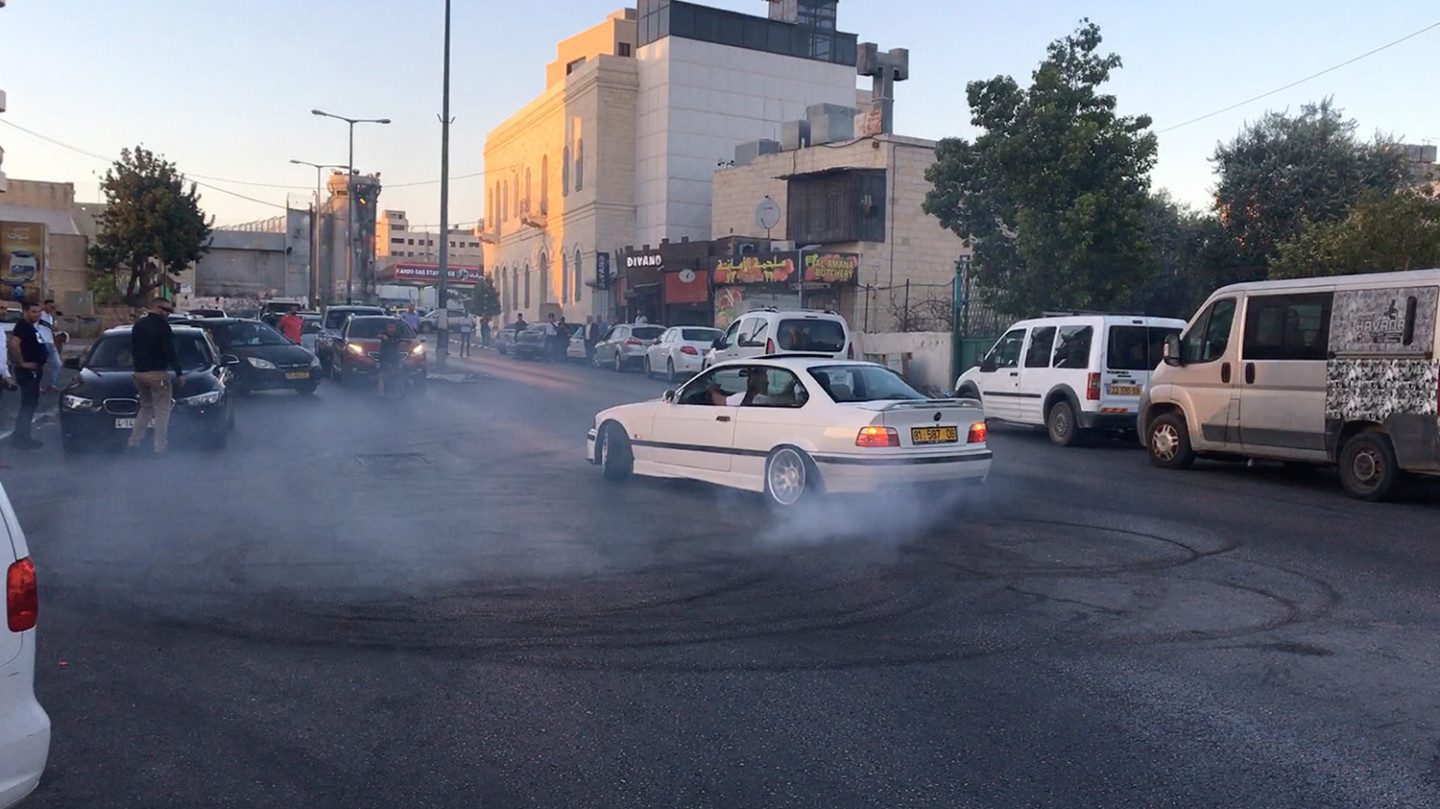
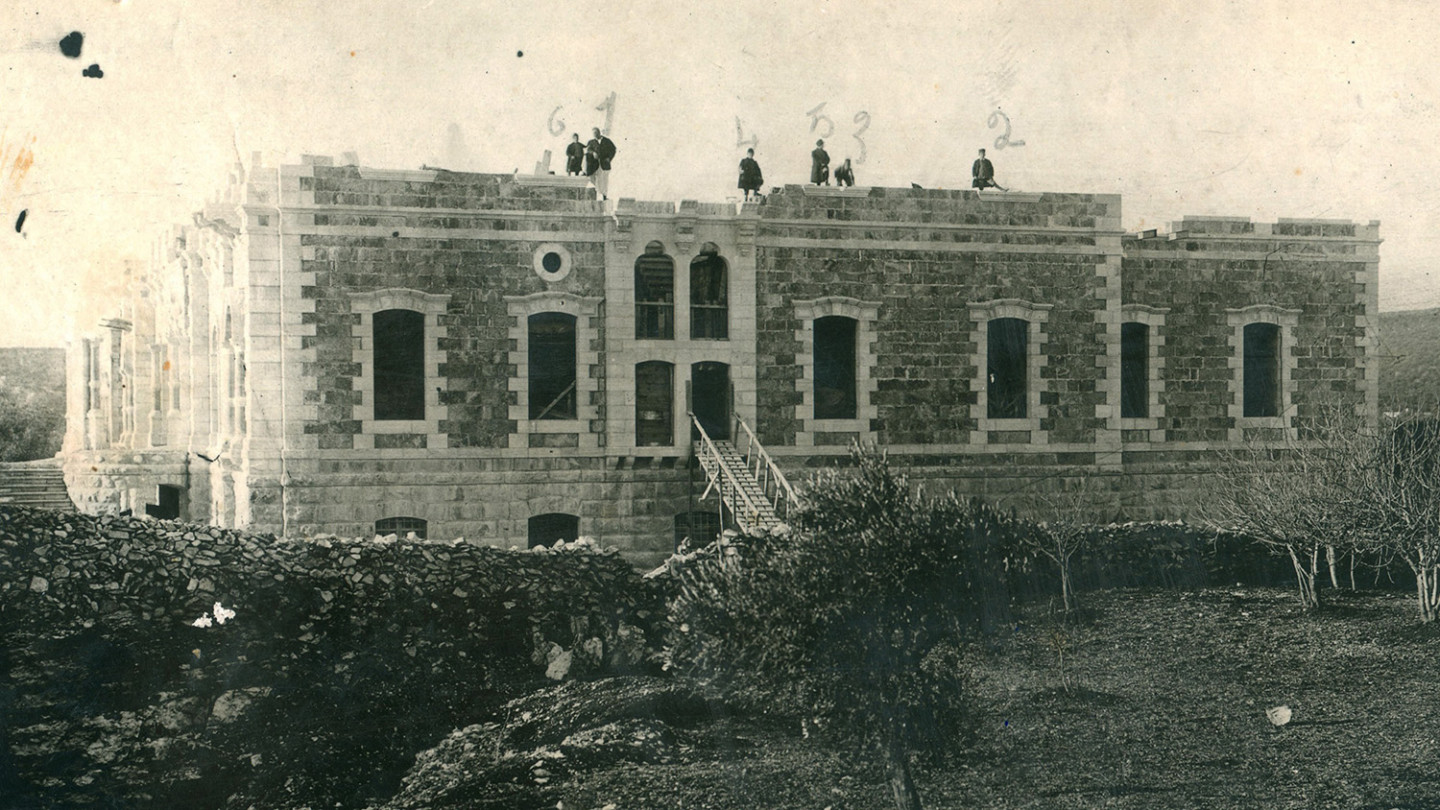
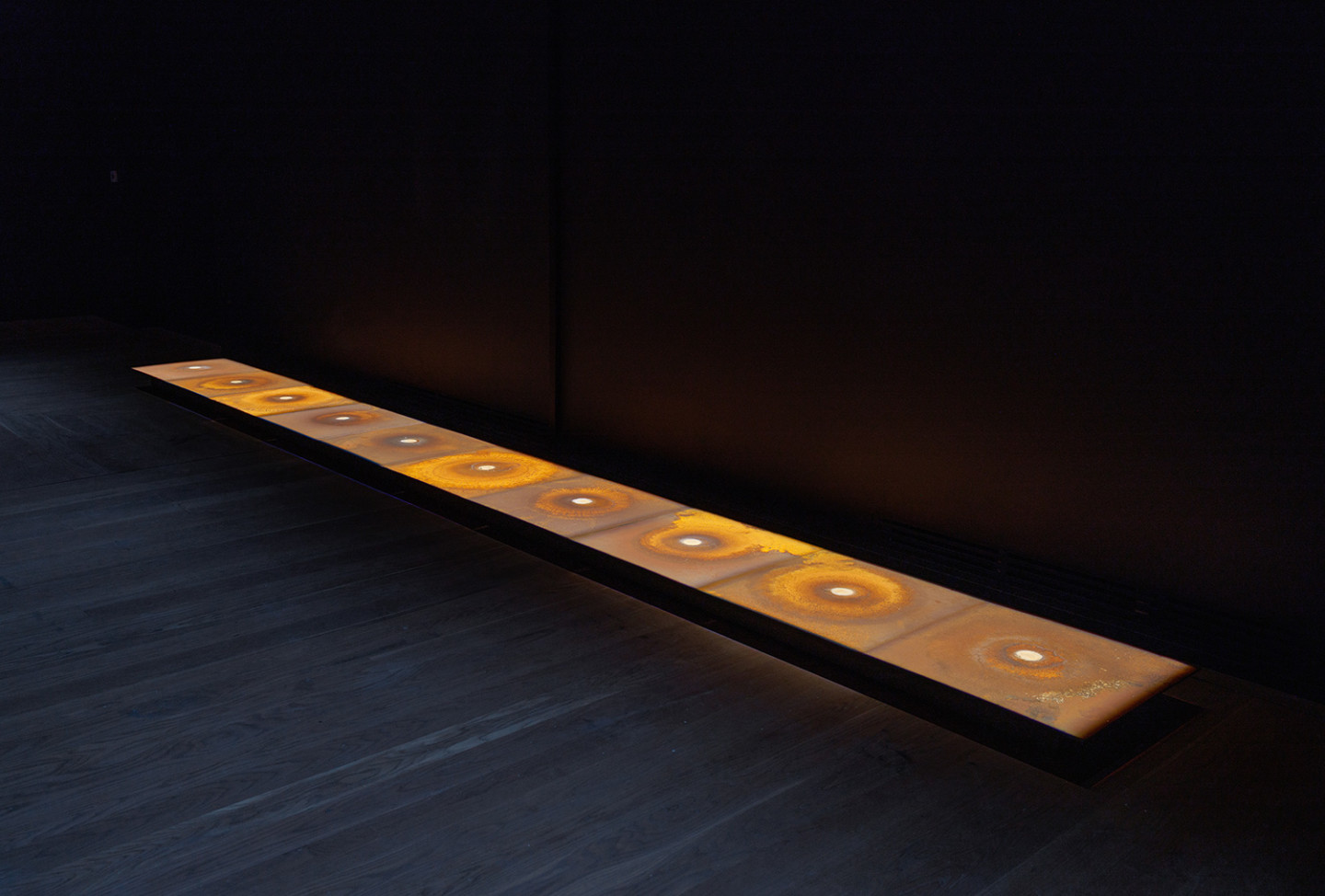
With support from the Embassy of Spain in Stockholm.
Preview: What Remains
Resistance, commitment and political standpoint unite the artists Laia Abril, Emily Jacir and Teresa Margolles in the exhibition “What …
Laia Abril meets Emily Jacir and Teresa Margolles

Artist Talk: Laia Abril
Resistance to various forms of oppression is a recurring theme in the exhibition “What Remains – Laia Abril meets Emily Jacir and Teresa …
Conversation
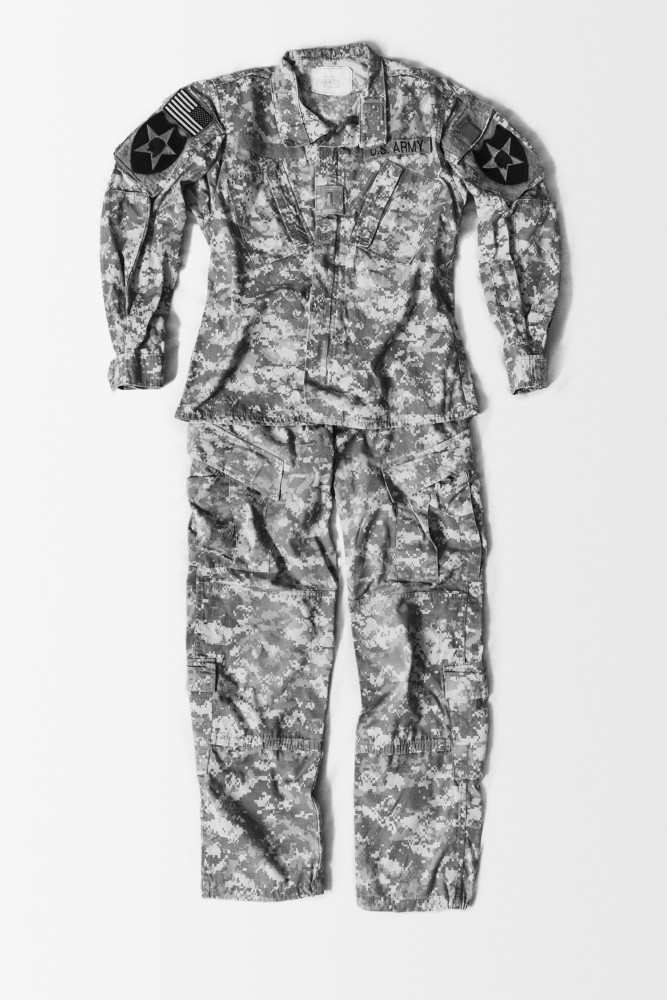
Newsletter
Subscribe to our newsletter! Get the latest news about Moderna Museet directly to you by e-mail. …
Newsletter

Annual Pass
The Annual Pass gives you free admission to all our exhibitions for a whole year. Buy your Annual Pass today and visit us as often as you want! …
Annual Pass
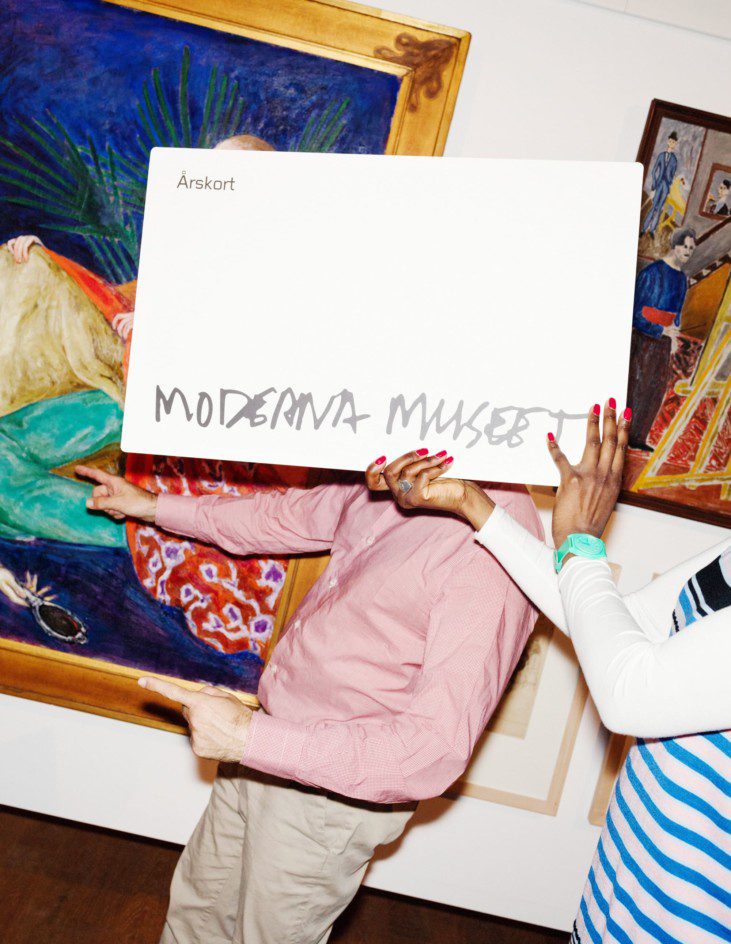
Buy ticket
Regular: 170 SEK (online 160 SEK)
Reduced: 140 SEK (online 130 SEK)
Free admission for those 18 and under and Klubb Moderna
Make sure to see “Late Picasso” during your visit. Book a time slot when purchasing your ticket!
Free admission on Fridays 18.00–20.00 (“Late Picasso” not included)
Help and support for those affected
If you have experienced sexualised violence and need support, contact Storasyster at: www.storasyster.org
If you have experiences of war and displacement and need support, contact the Red Cross at: www.rodakorset.se
If you have been a victim of crime and need support, contact the Victim Support Service at: www.brottsofferjouren.se

